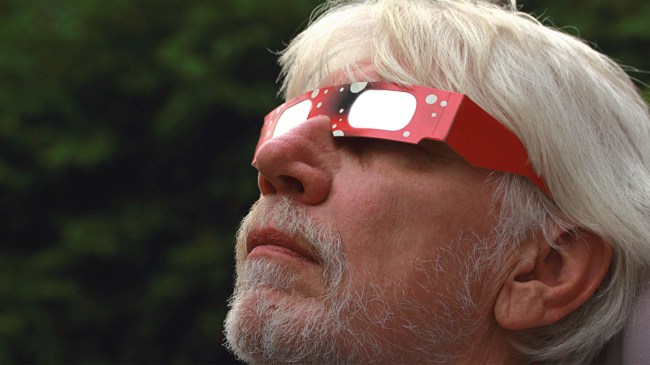iStockphoto
The American Astronomical Society (AAS) has issued a warning that several outlets are selling counterfeit and flat-out fake eclipse glasses. Here’s what you need to know.
“With millions of North Americans only now becoming aware that a solar eclipse is imminent and seeking to get their hands on eye protection, it is critical that everyone understand how to spot unsafe products,” the AAS wrote in a press release.
Some tips…
• Counterfeit solar viewers are ones that are made by one manufacturer but fraudulently printed with the name of a different manufacturer and perhaps with their artwork too.
• Some fakes are being passed off as being made by legitimate companies like Cangnan County Qiwei Craft Co. and Solar Eclipse International, Canada.
• Buy your eclipse glasses directly from a vetted vendor.
• Just because a pair of glasses claims to meet the ISO 12312-2 standard for filters for direct observation of the Sun, it doesn’t guarantee they are safe. Anyone can claim anything.
“There’s no way to tell just by looking at them whether eclipse glasses are genuinely safe, but it’s easy to tell if they are not safe,” said Rick Fienberg, Project Manager of the AAS Solar Eclipse Task Force.
Before April 8th, put them on indoors and look around. You shouldn’t be able to see anything through them, except perhaps very bright lights, which should appear very faint through the glasses. If you can see anything else, such as household furnishings or pictures on the wall, your glasses aren’t dark enough for solar viewing.
If your glasses pass the indoor test, take them outside on a sunny day, put them on, and look around again. You still shouldn’t see anything through them, except perhaps the Sun’s reflection off a shiny surface or a puddle, which again should appear very faint.
If your glasses pass that test too, glance at the Sun through them for less than a second. You should see a sharp-edged, round disk (the Sun’s visible “face”) that’s comfortably bright. Depending on the type of filter in the glasses, the Sun may appear white, bluish white, yellow, or orange.
If your eclipse glasses pass all three of these tests, they are probably safe.
NASA has also stated that real eclipse glasses are “thousands of times darker” than regular sunglasses.
Just to be sure though, the AAS advises only looking at the sun through the glasses for no more than two or three seconds every five minutes or more.
Also, even if you are in an area of the United States where it will be only a partial eclipse, you still should absolutely wear eclipse glasses if you’re going to sneak a peek.
The final tip, however, is probably the best one. Just buy your solar eclipse glasses at one of the following AAS Solar Eclipse Task Force-approved vendors.
So be safe out there. Watch out for all of the extra traffic. And we’ll see you on the other side of our world’s simulation breaking on April 8th. Just kidding about that last part, but, yes, be safe everyone.

